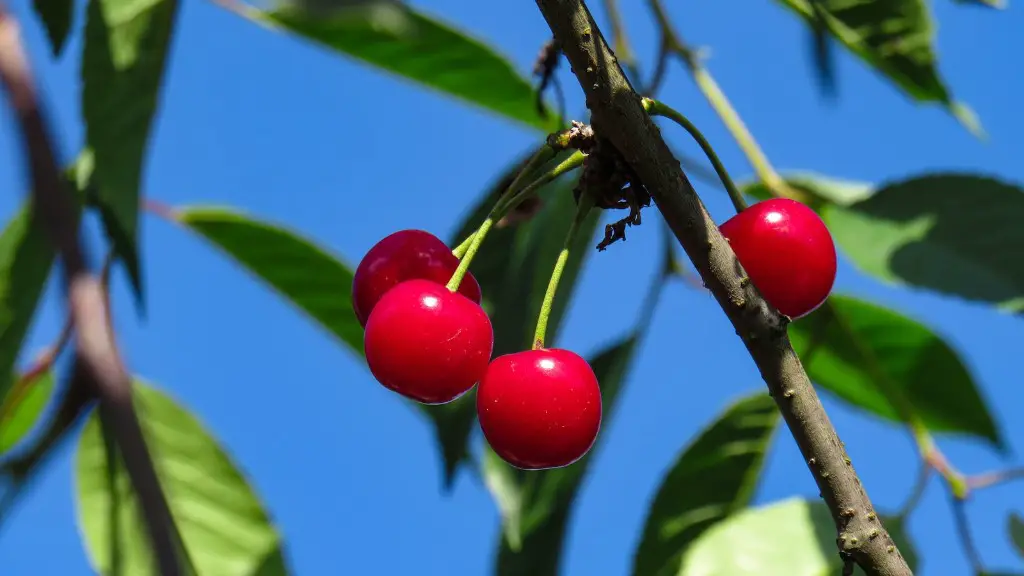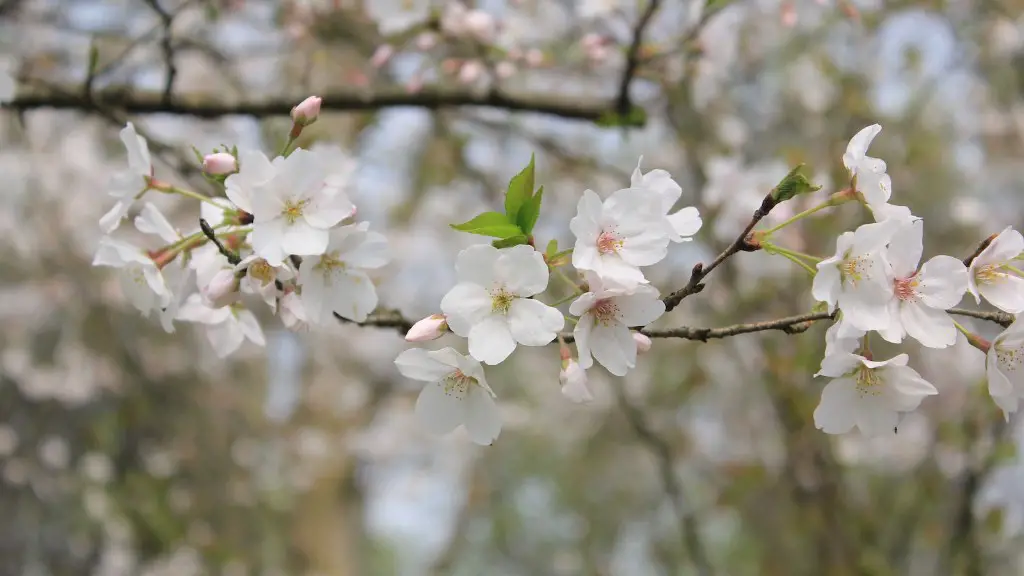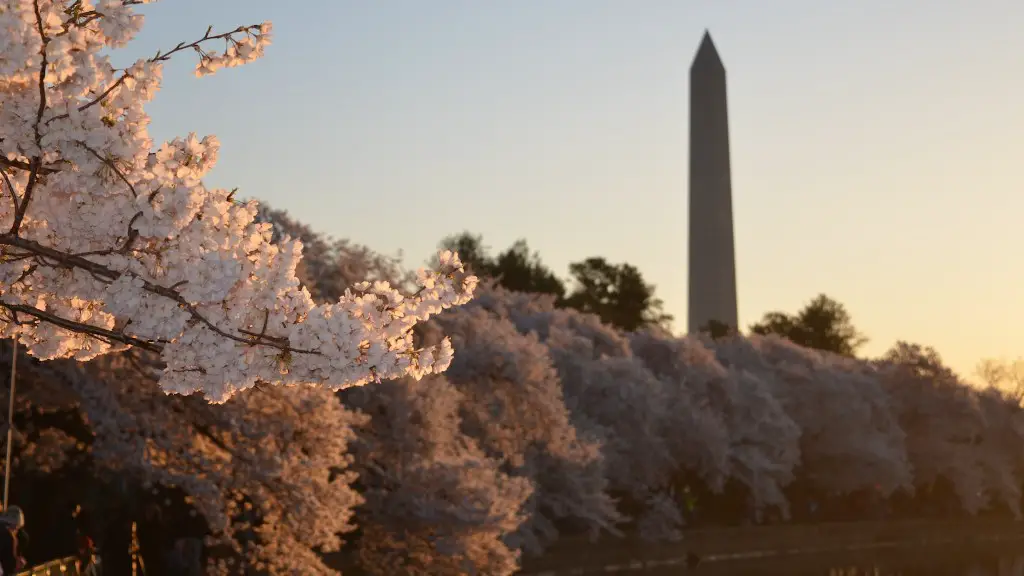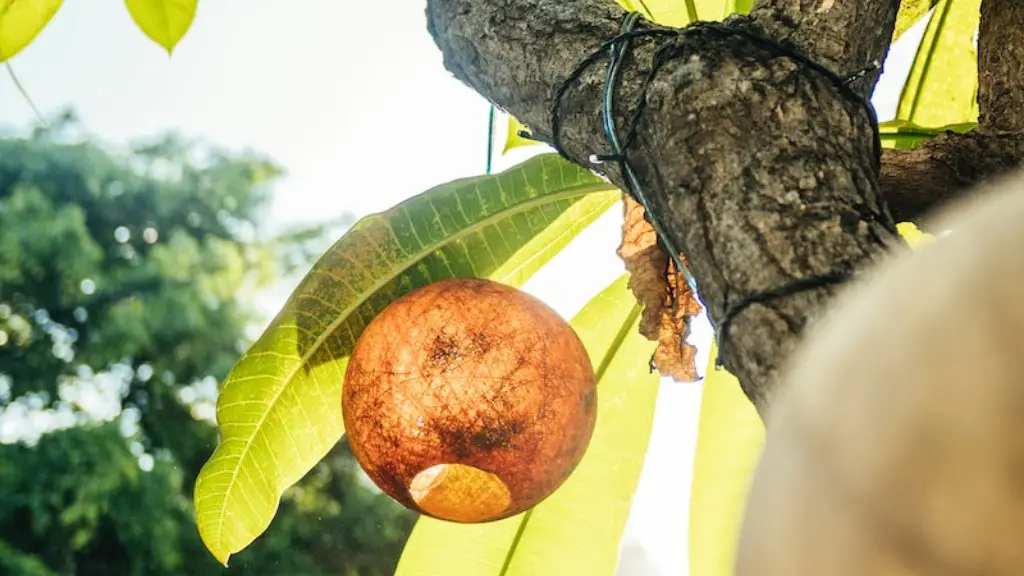Identifying the optimal timing
Pruning a cherry tree correctly can maximise its growth potential, health, and yield. Pruning at the right time of season is essential to ensure that the tree remains productive and healthy, it’s therefore important to know when to prune your cherry tree. Trees should be pruned when the tree is dormant, this means the tree should be pruned between late fall and early spring depending on the climate. By pruning during dormancy, one can control the size, shape and direction of the tree’s branches.
The timing of pruning cherries varies with the climate, and also with the variety of cherry trees. In cooler climates pruning should occur in late winter, late December in the South and late February or early March in the North. If you prune too late in the season, the exposed wounds can be more susceptible to diseases and pests when trees begin to re-leaf in the spring. Pruning in the fall can also be detrimental because when trees begin to develop new buds for the following season, those buds can be pruned off.
Knowing what to prune
When pruning cherry trees, it’s important to avoid removing more than 1/3 of the tree with each pruning. When done correctly, pruning should include removing crossed branches, dead or dying tissue, shoots emerging from the trunk and branches that are growing downward or too close to the ground. Additionally, the pruned tine should be painted with a commercial tree paint, or a mix of white latex latex paint and water, to protect the trunk and branch surfaces after pruning.
It’s important to identify which branches are healthy and bear fruit, and should be retained. In general, it is a good idea to retain scaffold branches that have an angle of 45 – 60 degrees and horizontal limbs that have a strong downward orientation. To enhance fruit production, the central leader should be trained and the tree pruned to a pyramid shape.
Saving your tree from overpruning
It is essential to be careful when pruning cherry trees, as overpruning can greatly impact the growth of the tree, and the amount of fruit it produces. Additionally, too much pruning can cause weak side-branch development and encourage the central leader to continue to grow upwards instead of growing sideways as desired, causing changes to the shape of the tree.
Over-zealous cherry tree pruners might be tempted to cut back shoots and lateral branches shading the centre of the tree. However, if too much is removed, it leaves the centre of the tree exposed to sunlight and wind, which can cause issues for the tree’s health. The tree may become susceptible to opportunistic pests and diseases, which could potentially weaken the tree and reduce its fruit production.
Pest management and production
Pruning cherry trees can aid in pest management, as removing dead, crossed, or dying branches can help prevent pests from invading and killing healthy tissue. Pruning can also help to reduce the number of insect pests such as aphids, mites, and scale insects, which can infest and damage cherry trees. Pruning can also help to improve flowering and fruit production, as it encourages fruit bearing wood to develop and promotes air circulation which helps to reduce humidity around the fruit which helps to prevent rot and fungal issues.
Fertilising and disease prevention
Finally, correctly pruning cherry trees can be used to help fertilize and fertilise and promote a healthy root system. Pruning off dead and dying tissue can allow more energy to be directed to the roots, this will help to feed the tree’s root system and increase energy for growth. Pruning can also help to reduce disease by removing dead, diseased, and infected branches, and allowing for better airflow around the tree which helps to prevent diseases from spreading.
Variety Impact
Different cherry trees have slightly different pruning needs. Sweet cherry trees require more pruning to reach their desired shape and size than sour cherry trees. Sweet cherry trees tend to reach heights of up to 16 feet, while sour cherry trees typically only reach 8 feet in height, and will be less vigorous with less pruning.
Finally, espalier trees, which are trained along a fence or wall, require extensive pruning to stay within their desired outline. This type of pruning is done by removing branches that grow in unexpected directions and keeping the tree in its desired shape.
Considering the Weather
The weather can also play a part in when pruning should take place. If the temperatures are particularly cold, the tree should not be pruned as it will risk frostbite and cold damage. Additionally, extreme weather such as hail and heavy rains can damage the tree, and leaves exposed wounds, it’s important to wait for more favourable weather in order to prune the tree.
Investing in tools
Before pruning your cherry tree, it’s important to make sure you have the correct tools. Pruning shears should be sharp, clean, and designed for use on trees and shrubs. A pruning saw should also be used for larger branches and it should be especially sharp. Both the saw and the pruning shear should be sterilized between trees to prevent spread of disease.
Observing the tree
Before pruning your cherry tree, it’s important to take a few moments to observe the tree and ensure you know exactly what you’re going to prune. Consider the tree’s overall structure, spot any dead or broken branches, decide what shape you want the tree to be, and determine which branches are healthy and should be retained.
Carrying out pruning
When pruning, it’s important to work from the bottom up, removing any broken, dead, or crowded branches. Additionally, it’s important to maintain “natural” looking scaffold branches, as these will later produce fruit. To maintain a natural looking tree, remove branches and twigs that are growing in the wrong direction.
The correct techniques must be used when pruning cherry trees, as improper techniques can damage the tree and reduce its productivity and vigour. Cuts should be made just outside the branch collar and no bark should be removed. To encourage strong healthy growth and fruit production, only well-placed cuts should be made.
Removing suckers
Suckers are shoots that grow from the rootstock and should be removed as they will compete with the desired cherry variety for the tree’s resources and could lead to an abundance of fruit by overshadowing the desired variety. Make sure to remove any suckers that are growing around the trunk of the tree and any that sprout from the base of the desired variety.
Maintaining the trees
Pruning your cherry tree yearly is important to maintain its vigor, structure and productivity. After pruning, damaged areas should be sealed with a commercial tree grade paint, to maintain the tree’s health and protect it from pests and diseases. After pruning, fertilize the soil around the tree with a balanced fertilizer to support its root system and foliage.



